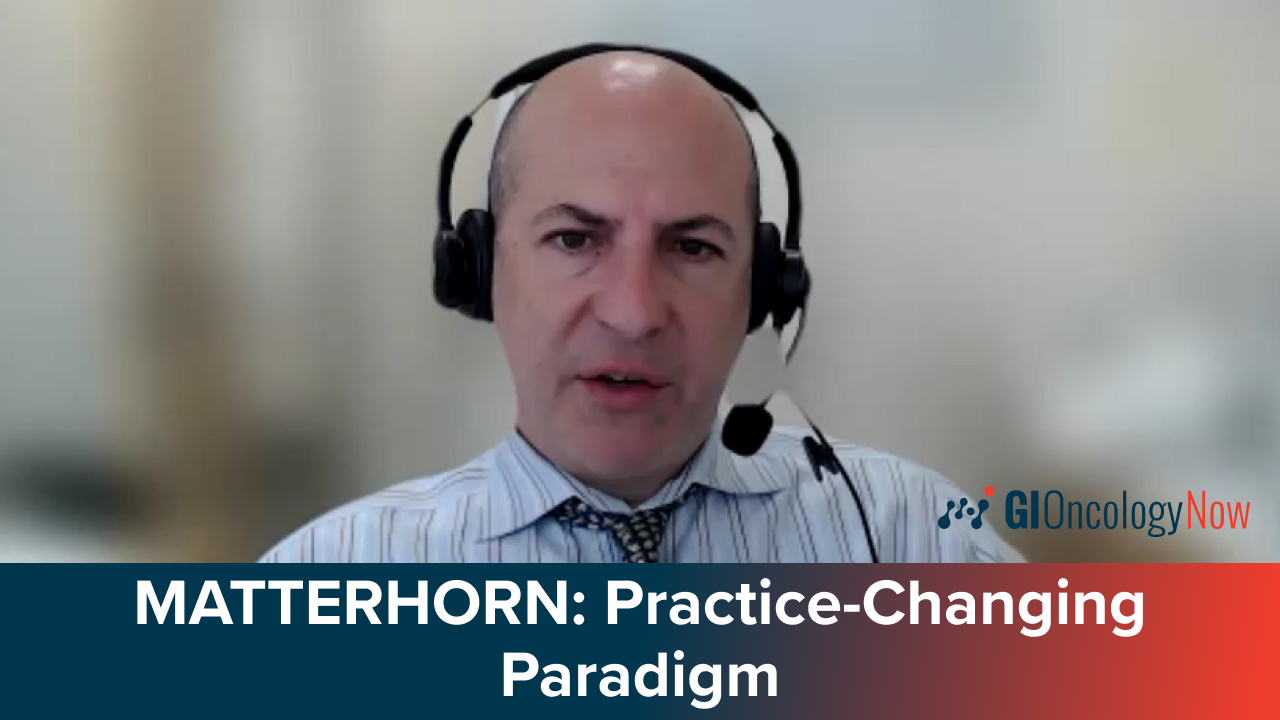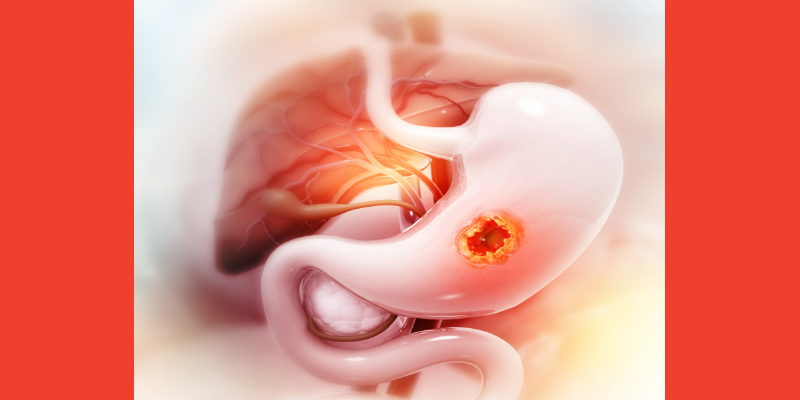Antibody Drug Conjugates for Gastric and Esophageal Cancers: Expert Insights
By Yelena Janjigian, MD, Bassam Sonbol, MD, Sakti Chakrabarti, MD, Samuel Cytryn, MD, Mariela Blum Murphy, MD - Last Updated: March 19, 2025In the third part of this roundtable discussion led by Yelena Janjigian, MD, of Memorial Sloan Kettering Cancer Center, Bassam Sonbol, MD, Sakti Chakrabarti, MD, Samuel Cytryn, MD, and Mariela Blum Murphy, MD, examine the role of antibody-drug conjugates (ADCs) in the treatment of gastric and esophageal cancers. The expert panel explores advancements in ADC technology, the integration of biomarkers like HER2 and Claudin 18.2, and the challenges of using ADCs in both perioperative and metastatic settings. They also discuss recent clinical trial findings and the evolving strategies for patient care in these complex diseases.
—
Dr. Janjigian: I want to pivot a bit and any one of you can take it whoever is more interested to antibody drug conjugates. It’s so much effort in both industry and academia is geared toward it. We have a lot of new assets coming out of China and other countries. How do you think about the ADCs? Which payloads are you most excited about? Which surface targets are you most worried about? Tell us about it.
Dr. Sonbol: Yeah, of course ADCs have been really helpful in given the delivery of chemotherapy in a different fashion, more targeted fashion. And we have of course the ADCs with one of the examples trastuzumab deruxtecan against HER2. And it is currently a standard of care in the second-line and beyond in patients who have HER2 positive disease. I think that one of the advantages of the ADCs is that you really just need the receptor. You don’t necessarily need to have the high level of over expressions of the receptor to get that much of the benefit.
Although there are some question marks there because there are some conflicting data. If we could take the trastuzumab deruxtecan, some of the data showing that most of the responses and the benefit is really in the HER2+3 and the HER2+2 with fish positive, It’s a question mark. Same thing in colon cancer. But there is some Asian data with HER2 low, they are getting some benefits. So that part is still not clear.
But going back to the big questions of ADCs, I think if we have a receptor then we can develop an ADC and that we see it with trastuzumab deruxtecan with the HER2, we see it with others. Now there are multiple ADCs, for example, against claudin 18.2 different studies across different lines.
So there’s nothing specific, no specific product that I can tell you that I’m excited about specifically, but I’m excited about all of. Then again, it is a luxury that we are sitting here right now and talking about all of these products that are in line for such a disease that is in the US relatively not very common.
Dr. Janjigian: Well I think if you build it, they will come. And our patients are increasingly getting second and third-line therapies to the point of approvals. And of course we’re now bringing T-DXd to first-line, HER2 positive disease. Also at this conference we had presented DESTINY-Gastric03 data, which showed some promising efficacy. The waterfall of blood looked very nice. What about perioperative setting?
So we’re focused on first-line patients, but we know that these patients most likely will be treated lifelong and will need to be under surveillance and therapy in palliative setting. I know it’s been such an amazing opportunity to collaborate between our centers for some of the perioperative strategies. Tell us about what your thoughts are on the biomarker testing.
Dr. Blum Murphy: Yeah, I think definitely it’s also an evolving landscape. Recently we have the data where we were waiting to see if radiation will add and we have a negative trial. So we do know that the perioperative setting, the backbone is the chemotherapy. The data with chemotherapy and immunotherapy is also conflicting. Yes, the chemotherapy improved responses, but that’s not translate in overall survival. So some of the studies have been negative, but we’re still waiting for the MATTERHORN trial. And we would like to know if the addition of the biomarker will add survival for these patients. I think the combination also to bring perioperative treatment with HER2 inhibitor and immunotherapies is also a trial that we would like to get information.
So I think we know that probably in the perioperative setting, the radiation is no longer beneficial. But at the same time there are patients that they do benefit patients, that have bleeding or they are unresectable. So I think it’s very exciting what’s coming in the perioperative setting and to know if the immunotherapy will add or not, it’s an important question.
Dr. Janjigian: At your center, does anyone still use cross regimen for adenocarcinomas?
Dr. Chakrabarti: Only in frail older patients who are not surgical candidate, but otherwise we routinely use perioperative FLOT4 for patients who are fit enough to undergo esophagectomy. FLOT4 is the standard of care at our center.
Dr. Janjigian: I would say this year, that’s the main breakthrough for us to finally all agree that radiation adds nothing for survival and then we can move forward with really strategizing on systemic therapy options. Often that’s the paradigm. Sam, you take something from metastatic setting to perioperative setting. What are your thoughts about it? Are you worried, do you think there’s certain biomarkers we should prioritize in perioperative setting versus over others?
Dr. Cytryn: I think similarly to how you before nicely illustrated the hierarchy of biomarkers based on their predictability to our different treatments, I think we’ve already started to see that in the perioperative setting. And that mismatch repair deficient tumors, with microsatellite instability, high status that’s now approved based on two Phase 2 studies, Neuropiga and Infinity. Dual checkpoint inhibition, neoadjuvantly or perioperatively is in NCCN guidelines. Because we know that not only does perioperative chemotherapy in mismatch repair deficient locally advanced tumors not help, it’s actively harmful.
And that was a very nicely done meta-analysis several years ago because during the time they’re getting chemotherapy, the tumor isn’t sensitive, it’s just allowing time for the tumor to grow. And so based on the sensitivity that we’ve seen in metastatic disease, bringing that to early stage disease or middle stage disease has really, when you talk about differences in pathologic and major pathologic response rates, it’s really outstanding.
And then next I would say HER2, the synergy between, as you mentioned, dual HER2 and PD-1 blockade has been really nice in moving that to the locally advanced setting. The one tweak that I think is really critical is this sledgehammer of FLOT. FLOT is hard. It is possible to get patients through it when you are really proactive rather than reactive. But checkpoint inhibitors and monoclonal antibodies take longer to induce tumor regression and teach the body’s immune system to react. So that longer period of neoadjuvant therapy I think is really critical. And a total neoadjuvant approach of giving all eight cycles a FLOT preoperatively, I think is really challenging.
And so to be able to find potent non-chemotherapeutic agents that you can give in combination with a doublet backbone, for instance, or a T-DXd with a single agent backbone. To be able to give a longer duration of therapy up front with the tumor still intact, really allows for not only a broader but a deeper immune response. And I think we will ultimately improve our cure rates.
Dr. Janjigian: And what MATTERHORN showed, for the first time in a global Phase 3 study that we accrued ahead of time during the pandemic is that you could do FLOT globally.
Dr. Cytryn: Exactly.
Dr. Janjigian: Even all over US, West and also Asia.







 © 2025 Mashup Media, LLC, a Formedics Property. All Rights Reserved.
© 2025 Mashup Media, LLC, a Formedics Property. All Rights Reserved.